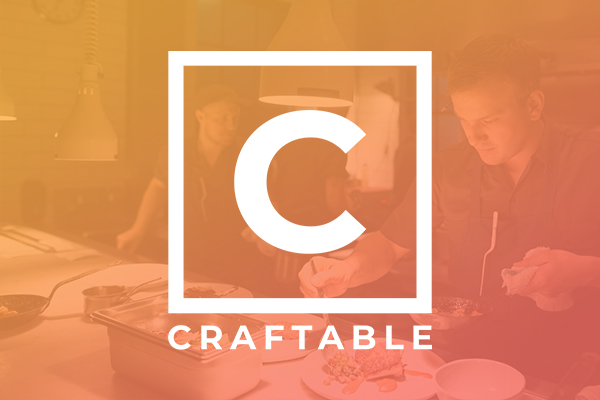Your restaurant as a determined, stubborn ship atop a giant, terrible sea. Imagine the oncoming waves as shifting prices and availability. Brewing storms take on the shape of the labor shortages and soaring food prices. Integrations and accounting are just the tip of the iceberg. In the expanse of this water, your ship may seem small, the destination far. But you are Captain Jack Sparrow, and you’ve got gold onboard.
So you study the waves until tsunamis feel like a playful splash. That coming storm breaks on the horizon and it’s all red skies at night. In short, you use your knowledge of customer desires, menu profitability and popularity, and operational best practices to keep that ship sailing toward the promised land. But what if I told you there was another threat to conquer? What if the call is coming from inside of the ship?
Tipping Through the Ages
Tipping has been a periodic topic of controversy since its introduction to popular culture, seen at times as a way to express thanks and seem aristocratic and at other times a spit-in-the-face level insult to hardworking customers with little income. Despite that rocky history, tipping has solidified its place in the hospitality industry with no inclination to leave. So much so, the United States has formed legislation around tipping wages since 1938. This, too, proved to be controversial with roots in slavery and injustice and modern day discussion calling the minimum wage’s new low a mere extension of those roots.
While a more “equitable” solution to tip pooling and tip sharing may seem appropriate, these solutions rival the controversy of their creator. Tipped workers see a new wage as a cap on earnings, operators face a huge shift in labor cost percentages that could lead to price increases, and customers facing those increases may choose to again send tipping out to the deep end–this time, content to watch it sink.
Tipping the Scale
A small, but growing number of states are doing away with the tipped wages system and mandating workers make the state minimum wage plus tips. Washington D.C. might become the most recent to join these ranks, with the introduction of Initiative 82. Its proponents are eager to balance the scales, stating:
“The ‘District of Columbia Tip Credit Elimination Act of 2021’ aka Initiative 82, will eliminate the sub-minimum tipped wage of $5.35 per hour, and ensure all tipped workers receive DC’s full minimum wage of at least $16.10 plus tips on top!”
This proposal, identical to one turned down by lawmakers in D.C. four years ago, is intended to protect vulnerable members of the hospitality industry. However, doing so requires eliminating opportunity for those who have success and a total restructuring for an industry shaped around the tipping system for nearly a century. Many operators are determined to make tipping work well–left with an important question. How can they improve their tipping system?
Pro Tips
Tipping systems beyond those where employees keep 100% of their own tips are divided into two categories: tip pooling and tip sharing. These two terms are often incorrectly used as synonyms. To avoid confusion, let’s break it down using LiveAbout’s definitions.
Tip pooling is collecting all or part of the tips received by employees into a pool, which is then redistributed, often by the employer, among tipped employees.
Whereas…
Tip sharing, on the other hand, is a more informal voluntary process among employees, both those who usually receive tips and those who don’t.
There are other key differences, notably that tip pooling is regulated by the U.S. Department of Labor and tip sharing is not. Multiple employees managing many tips from different sources can become very complicated and federal regulations add more of your choice of juggling instrument. Either way, there are quite a few factors operators need to manage in order to keep their ships afloat and those balls/bowling pins/chainsaws in the air.
The Ultimate Tip: Automation
Not unlike the practice of tipping, the strategies of running an operation have shifted many times. With the introduction of new technology came better tracking and analytics and, slowly, the industry turned away from tedious pen and paper work. On the screen, operators no longer have to rely on guesswork and the word of their employees. Craftable not only can track sales, it can analyze individual employee performance and help operators implement a tipping system that is equitable and efficient. Imagine today’s high tech solutions aboard a rickety ship, telling sailors exactly where to focus attention to face the challenges at sea. Imagine them aboard an excellent, albeit busy and tired, ship, displaying which efforts make the most impact and achieving some of the more time-intensive tasks. Now, that’s what we call smooth sailing.
However you weather the storm, know it will not be the last. Change is unpredictable and guaranteed. We believe the best operators are nimble, passionate, and attentive to those changes and that the best solutions help them develop and maintain those qualities. Whether you’re a seasoned sailor or still getting your sea legs, Craftable is here to hoist your sails. Find out how we can help you ride the wave today.
Get Started




.png)